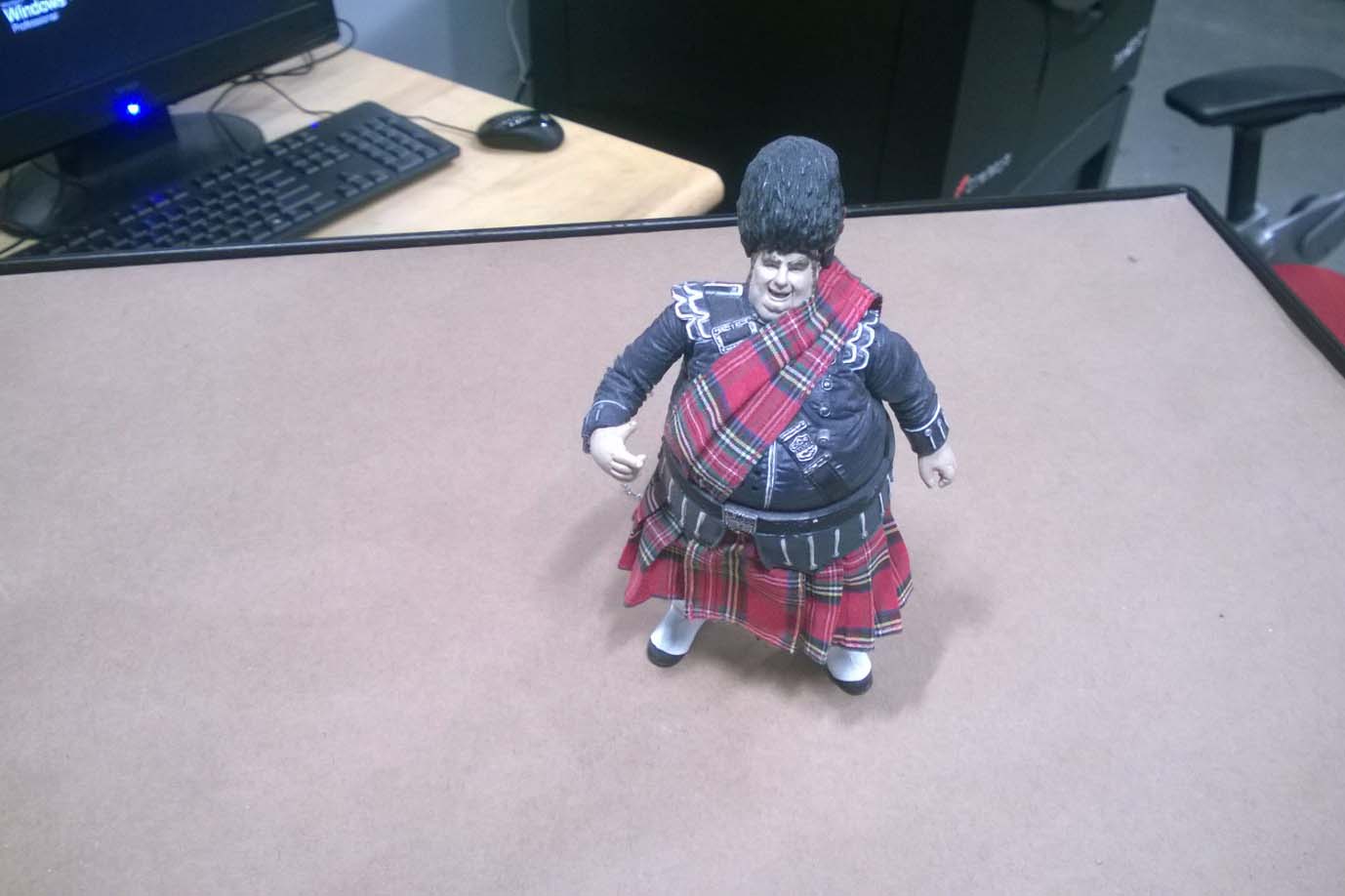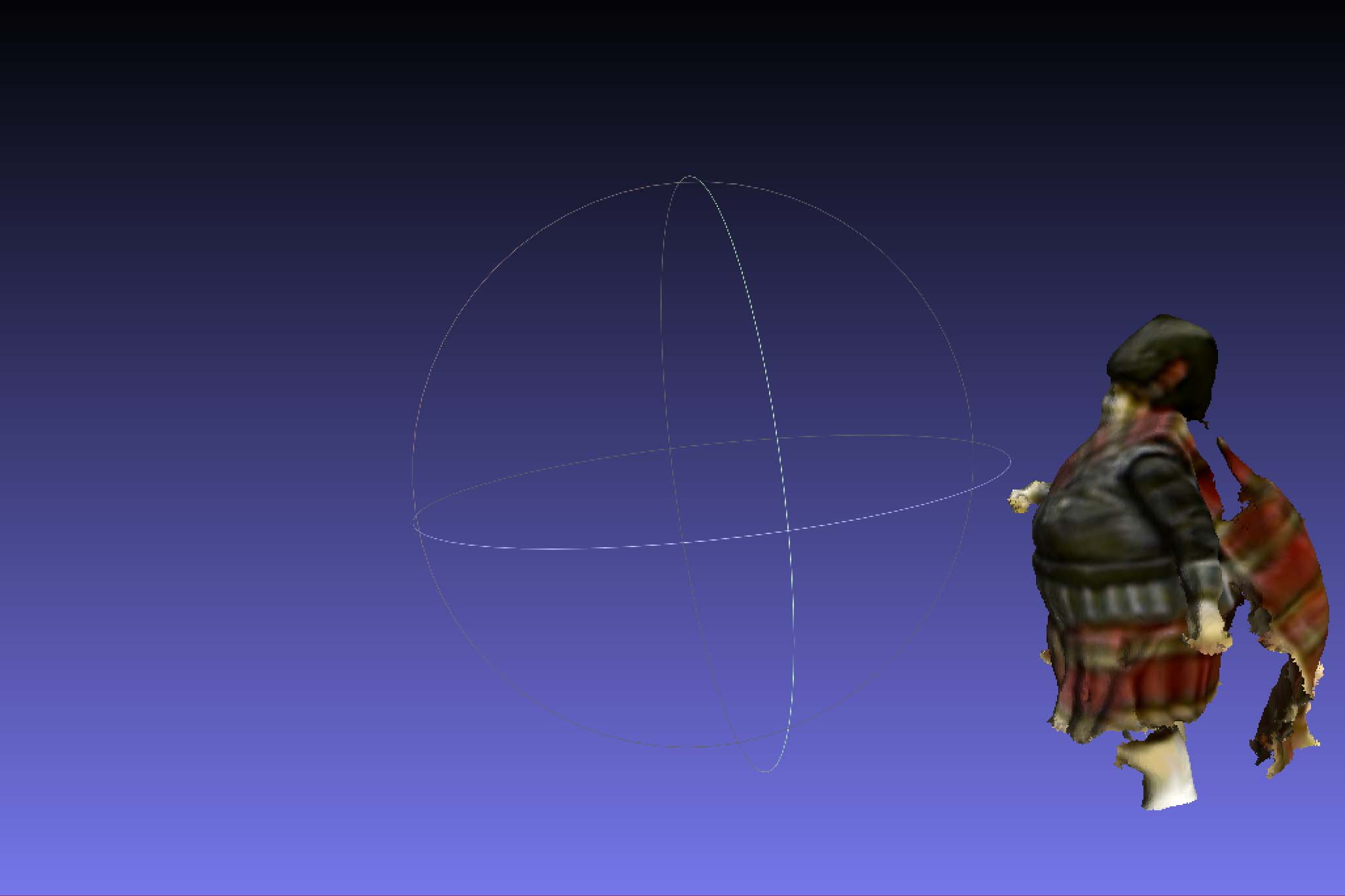
This week was about 3D printing and scanning -- to design a model for additive printing and to try out different scanning techniques. I set out to design and print a model that does stereographic projection when a light source is held at its top. Stereographic projection is a mathematic map function that projects points on a sphere onto a plane, so effectively you can design a sphere which will cast shadows as sterepgraphic projection when a light source is held above it.
So, how do actually 3D print stuff? Step 1: Fix the printer.
 Our group in the lab had Ultimaker 2 and Form 1 3D printers, however both being unoperational at that time. I wanted to use the Ultimaker printer since it's a bit cleaner process to print with it and I relaised after tying to print a sample print that the PLA filament near the
Our group in the lab had Ultimaker 2 and Form 1 3D printers, however both being unoperational at that time. I wanted to use the Ultimaker printer since it's a bit cleaner process to print with it and I relaised after tying to print a sample print that the PLA filament near the
 insertion point was broken and the stepper was only slipping, unable to actually feed it into the tube. I opened up the bowden tube above the
head, heated up the nozzle to release the plastic filament and to pull it out till the crack in the filament is done away with.
insertion point was broken and the stepper was only slipping, unable to actually feed it into the tube. I opened up the bowden tube above the
head, heated up the nozzle to release the plastic filament and to pull it out till the crack in the filament is done away with.
It seemed like the problem should have been solved but after assembling and inserting the material again,
 the same thing seemed to be happening.
It also seemed like you had to precisely position the insertion
the same thing seemed to be happening.
It also seemed like you had to precisely position the insertion
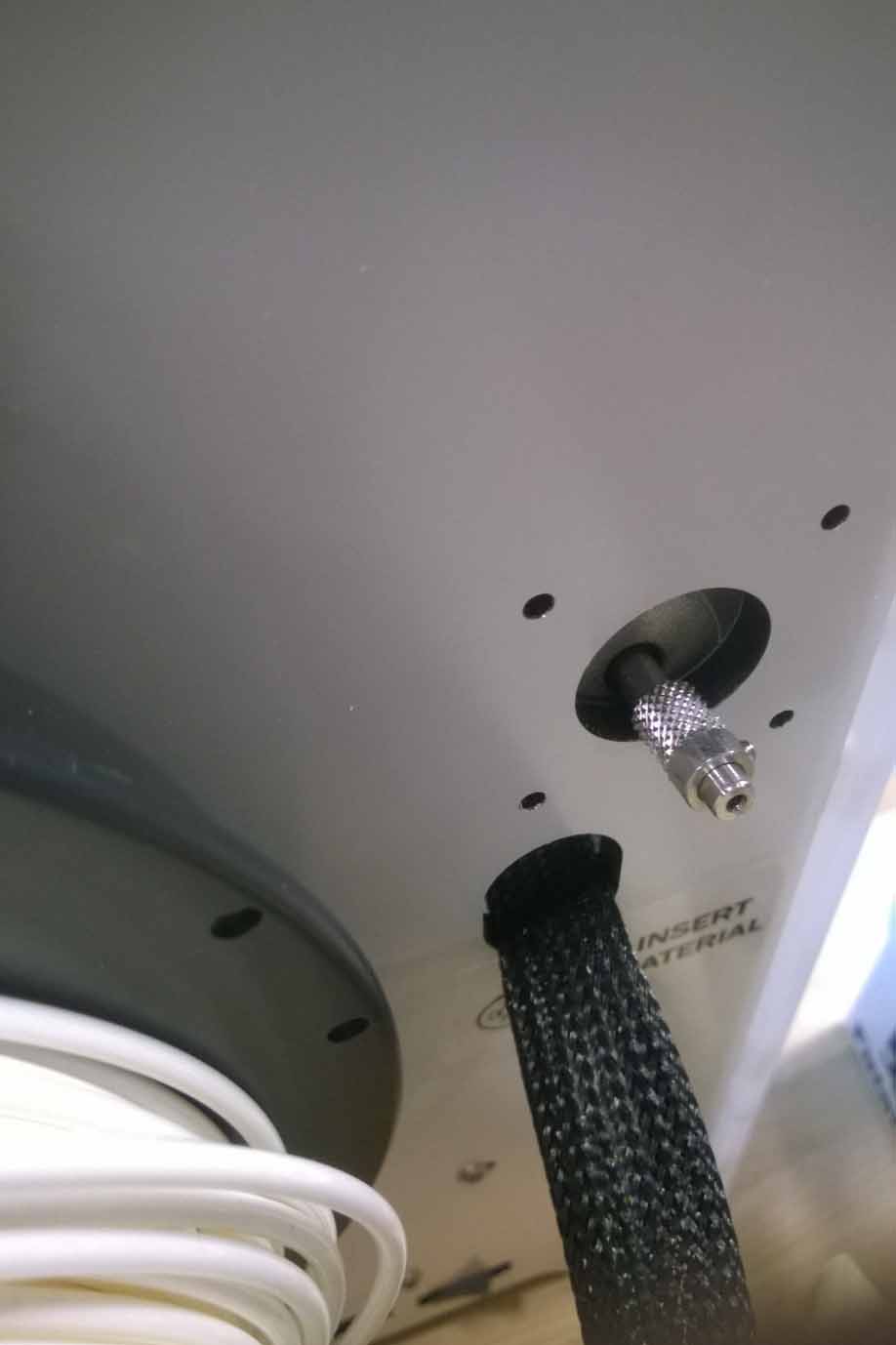 just above the nozzle and the stepper at the back force in the material or else it'd start griding the material at that point, which in my case it actually did.
So, I manually tried pushing it in and although it did go through, it somehow got stuck at the nozzle again. I cleaned the nozzle with the EDM wire, opened the bowden tube and cut the cracked filament, re-inserted the material which keeping the nozzle out and the material did come out this time.
just above the nozzle and the stepper at the back force in the material or else it'd start griding the material at that point, which in my case it actually did.
So, I manually tried pushing it in and although it did go through, it somehow got stuck at the nozzle again. I cleaned the nozzle with the EDM wire, opened the bowden tube and cut the cracked filament, re-inserted the material which keeping the nozzle out and the material did come out this time.
So, I put a test print for the night and the process seemed to be working fine for the model that I saw in the morning. I was actually trying to design and print a complex Chinese architecture building (actually by using Hall of Supreme Harmony as the reference). I faced some problems while trying to design it in Rhino, especially with the curved ceiling sections for which I tried doing manual curve profiles, automatic lofting (loose/tight), extrusion etc. Although, the output looked fine, it didn't seem to get to the point where I could have felt precise control over the output. Having lost quite a bit of time in fixing the printer, I had to put this idea on hold and do the simper stereographic projection idea that I had seen earlier on one of the open model websites.
I designed the model in Antimony and was set to print in less than an hour. I printed the model in the CBA shop's Ultimaker 2 (Cura v14.x) mostly using the default settings (support structures everywhere) and fastest print settings to finsh the print job in an hour as well.

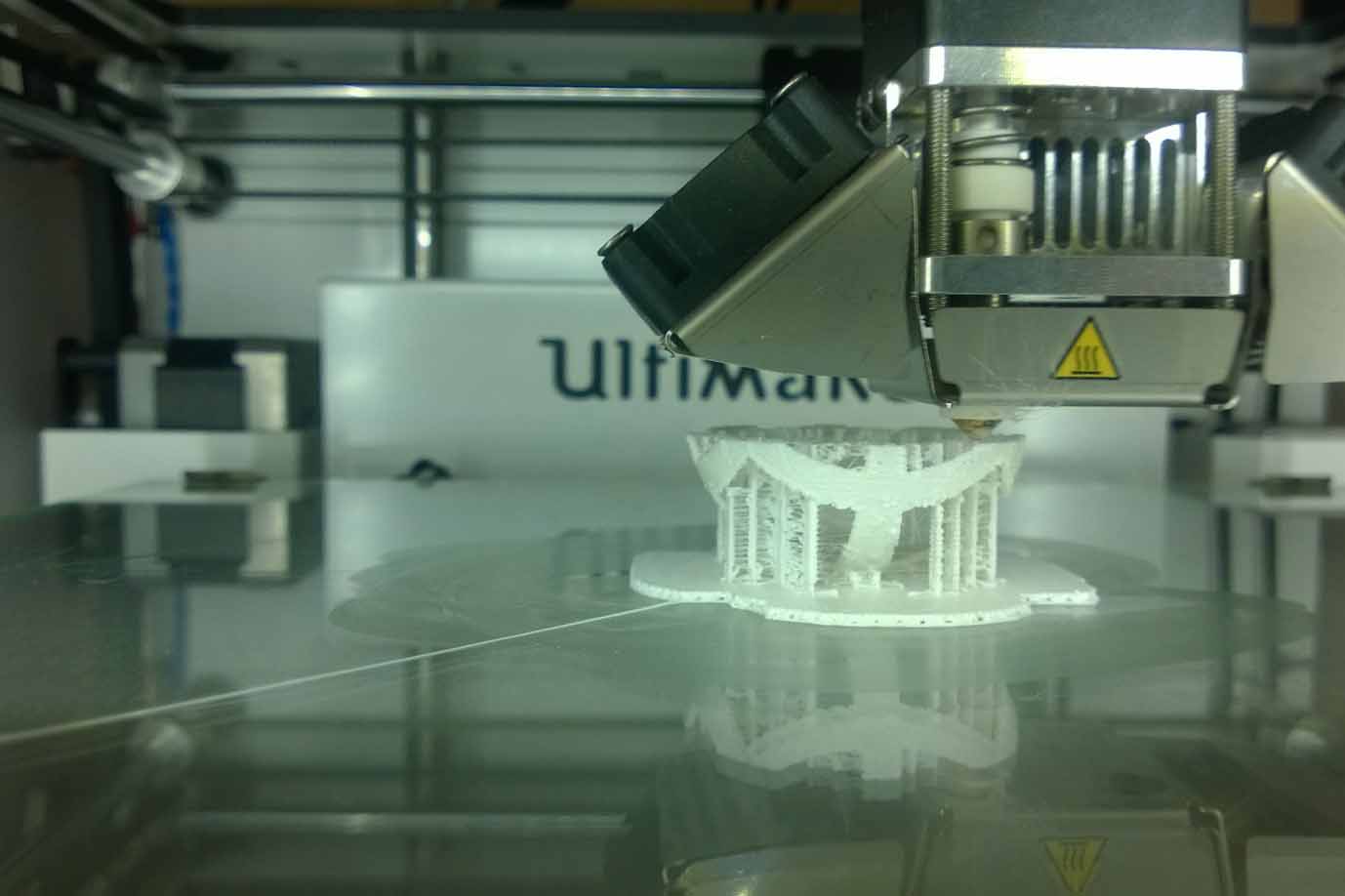
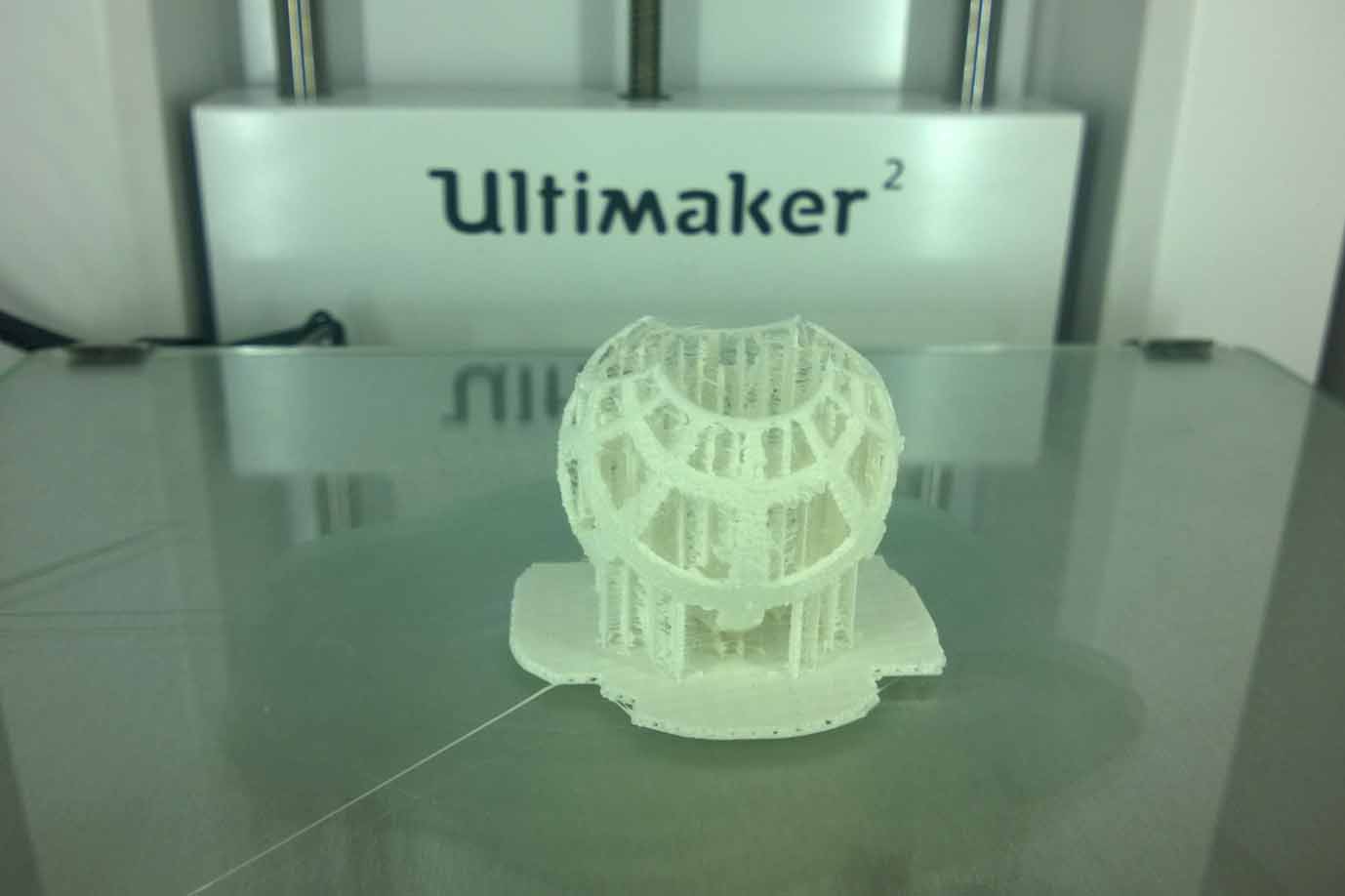

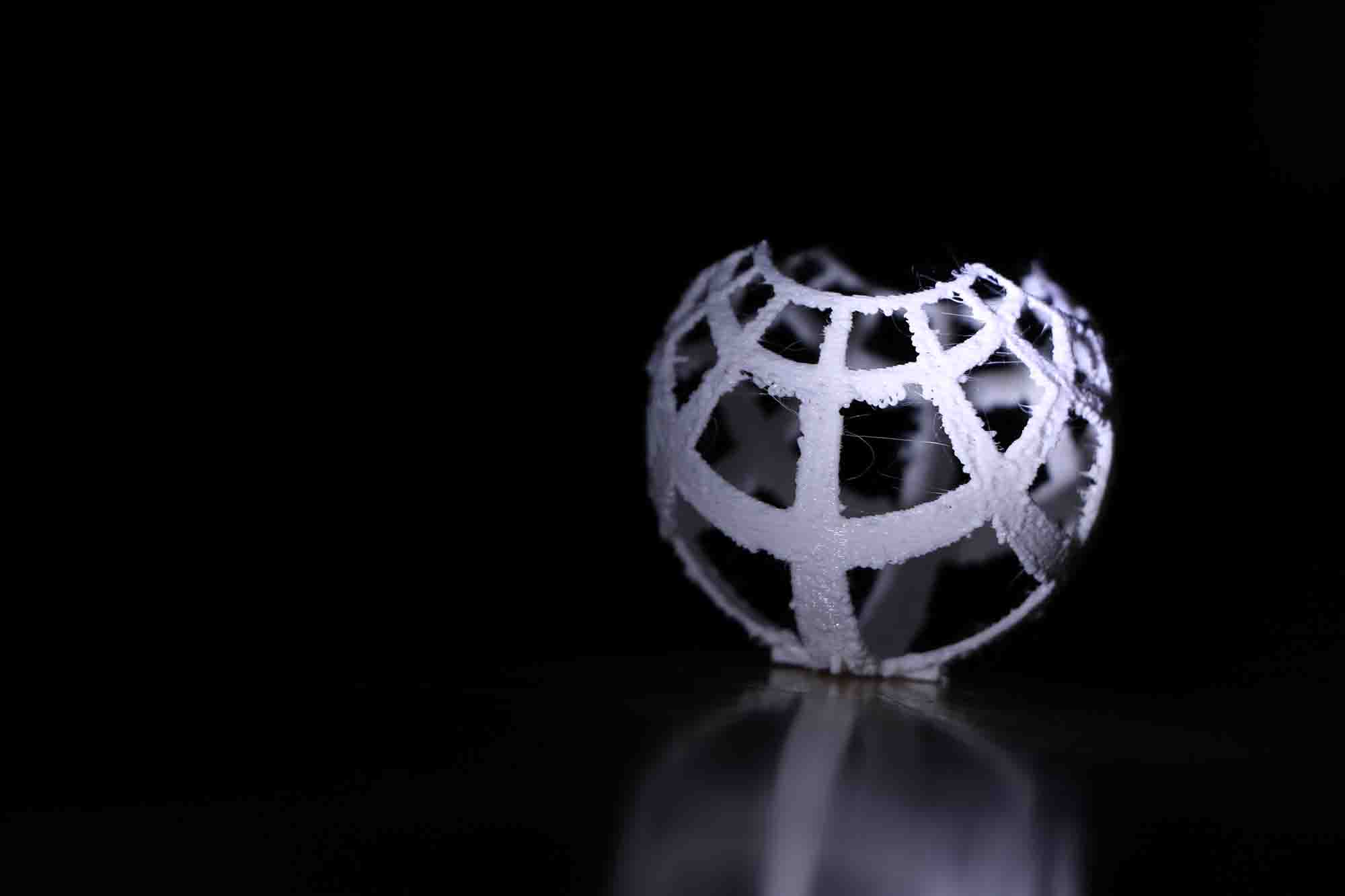


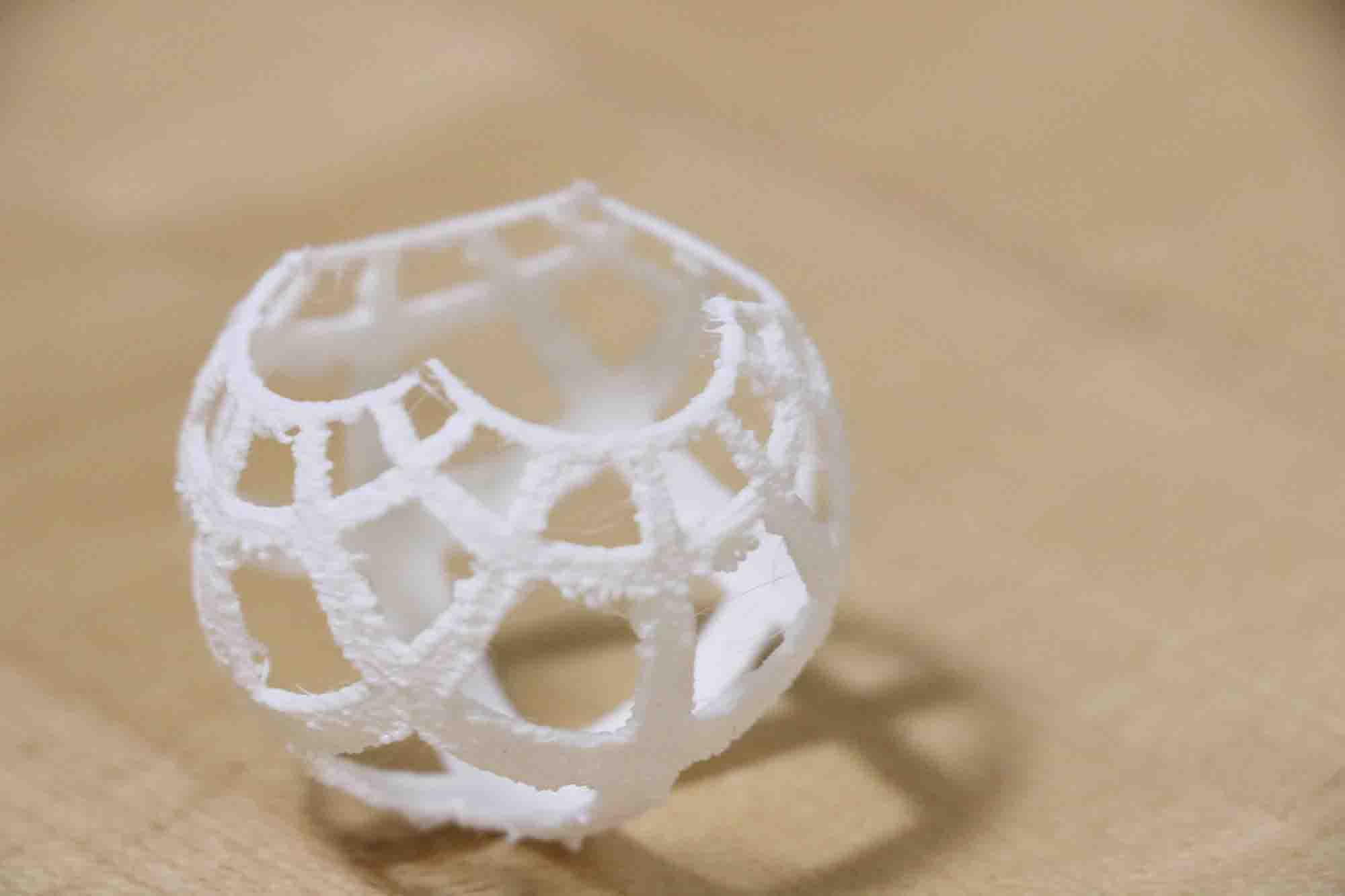
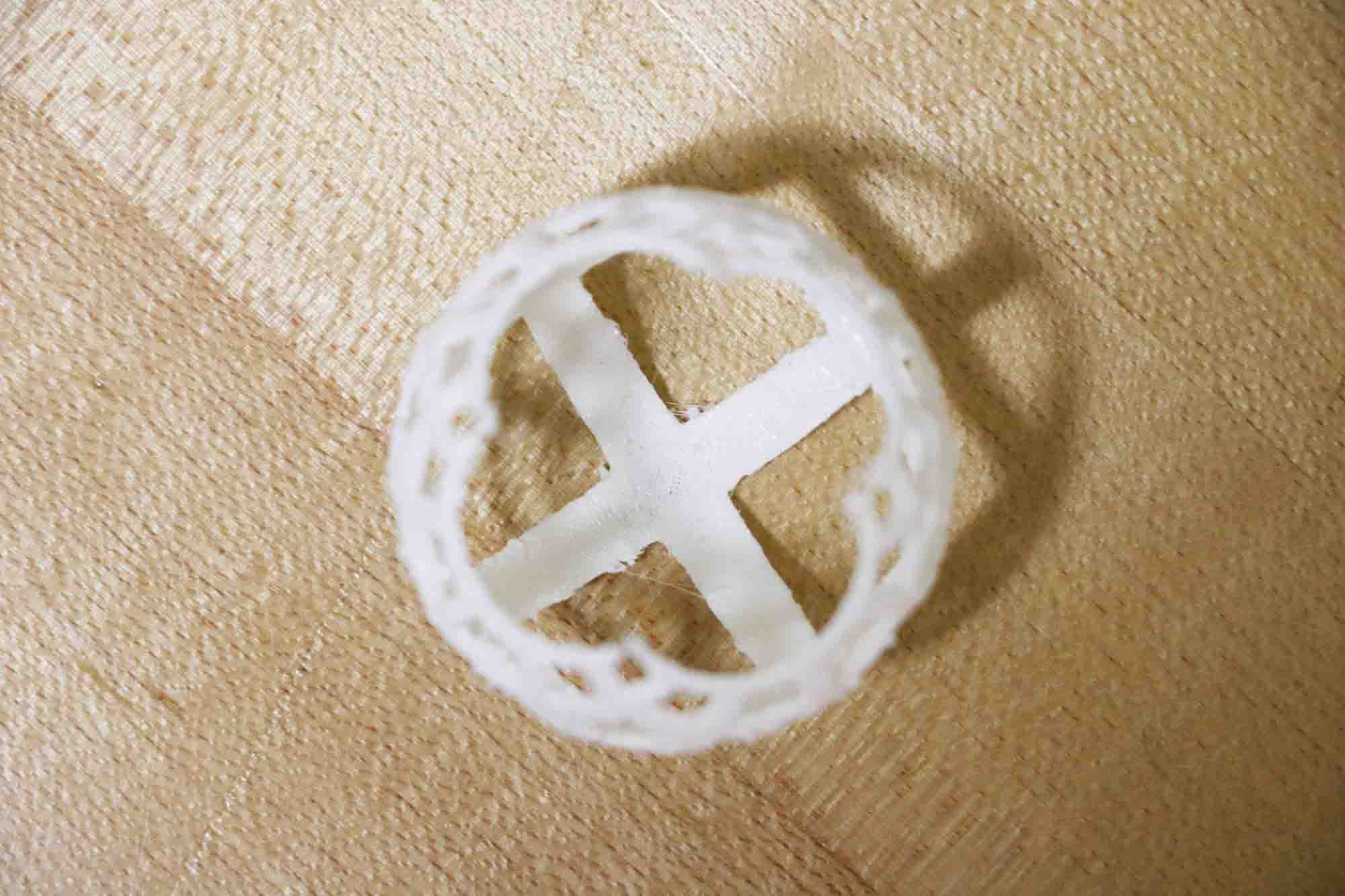
3D Scanning: I decided to try out structured lighting, Next Engine, Sense and and Kinect for this part of the assignment. I set up a project and camera to track 7Tech 3D printing pen which looks like a robotic arm holding a pen.
Structured lighting
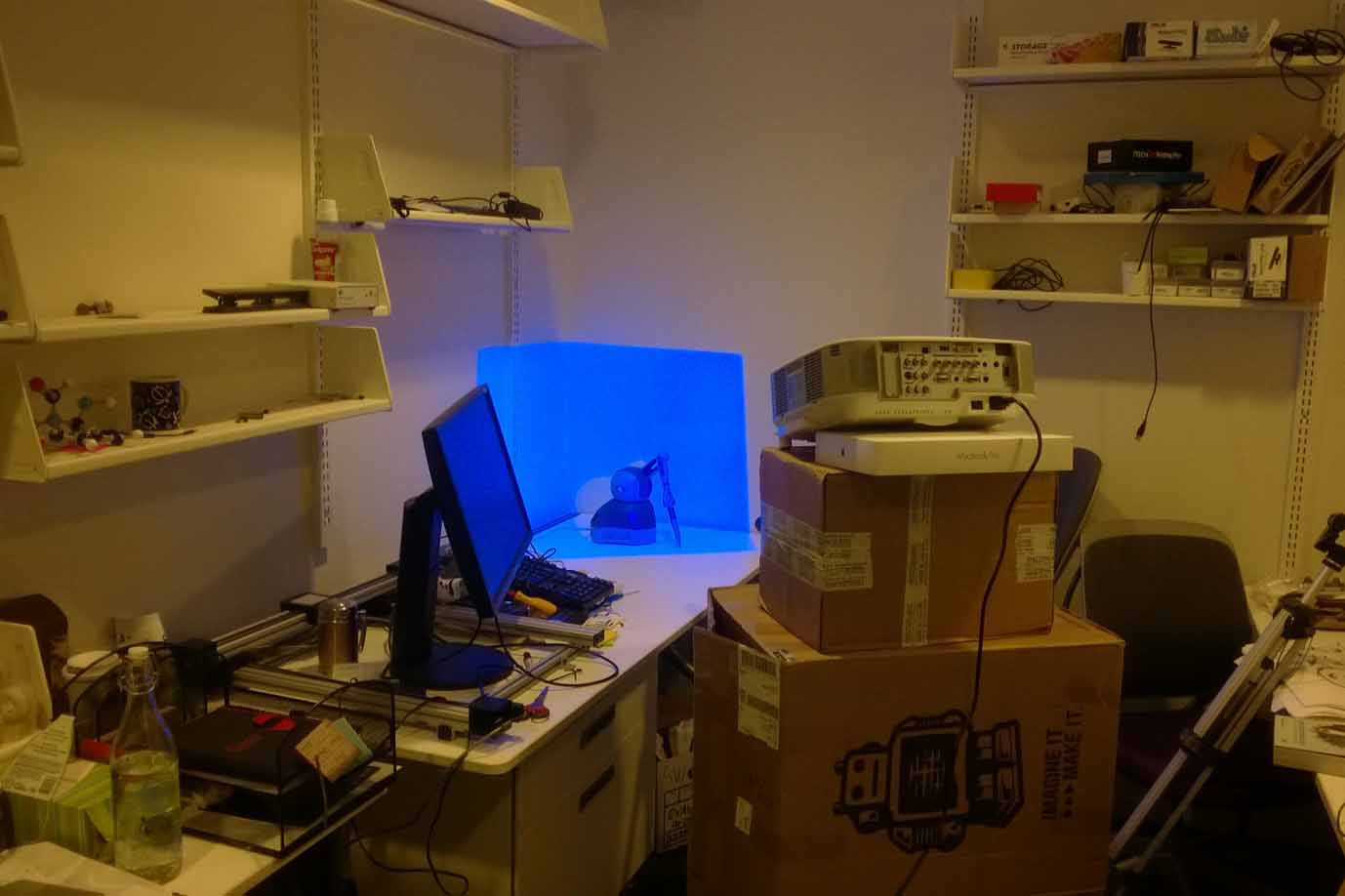
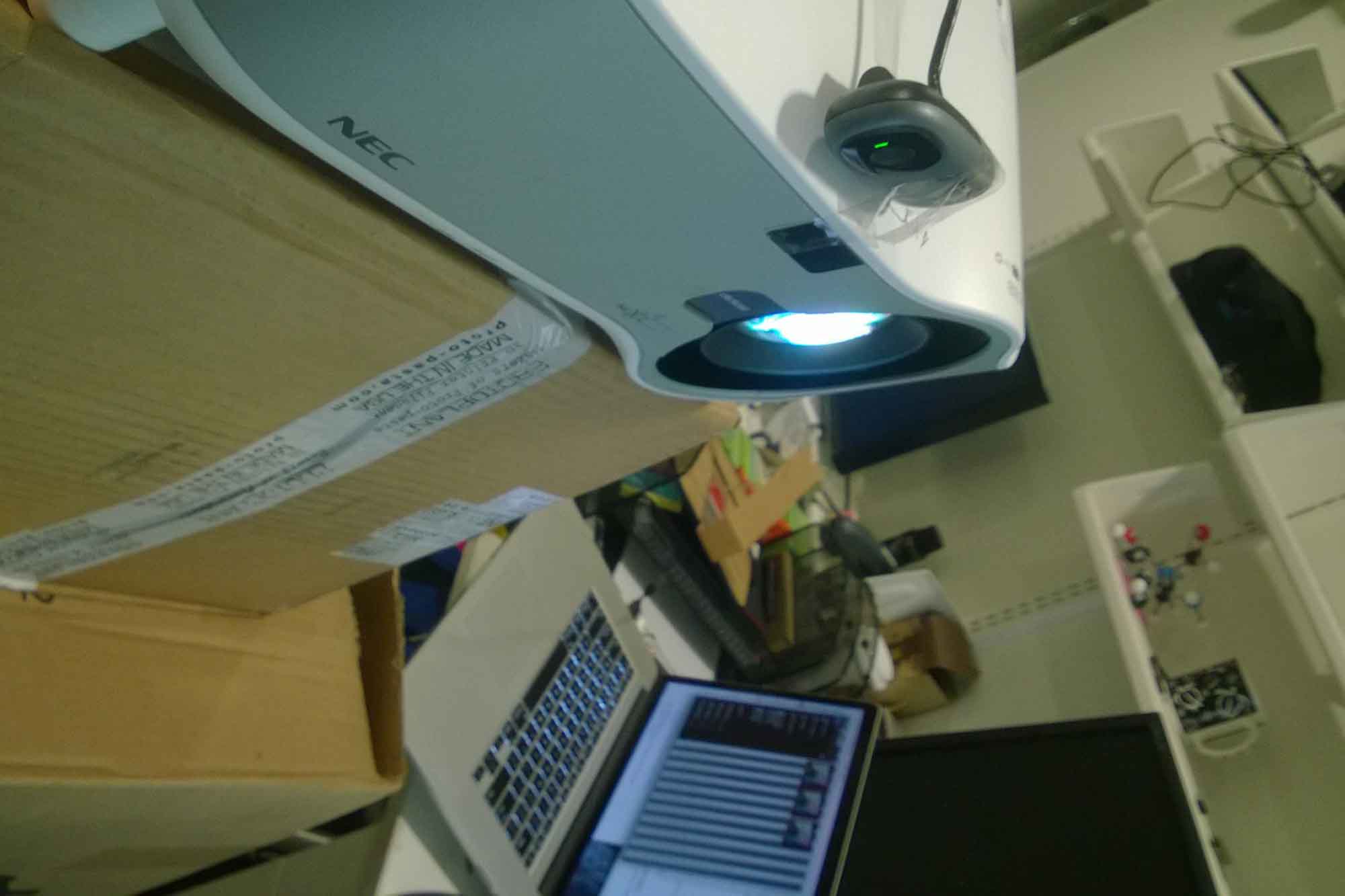
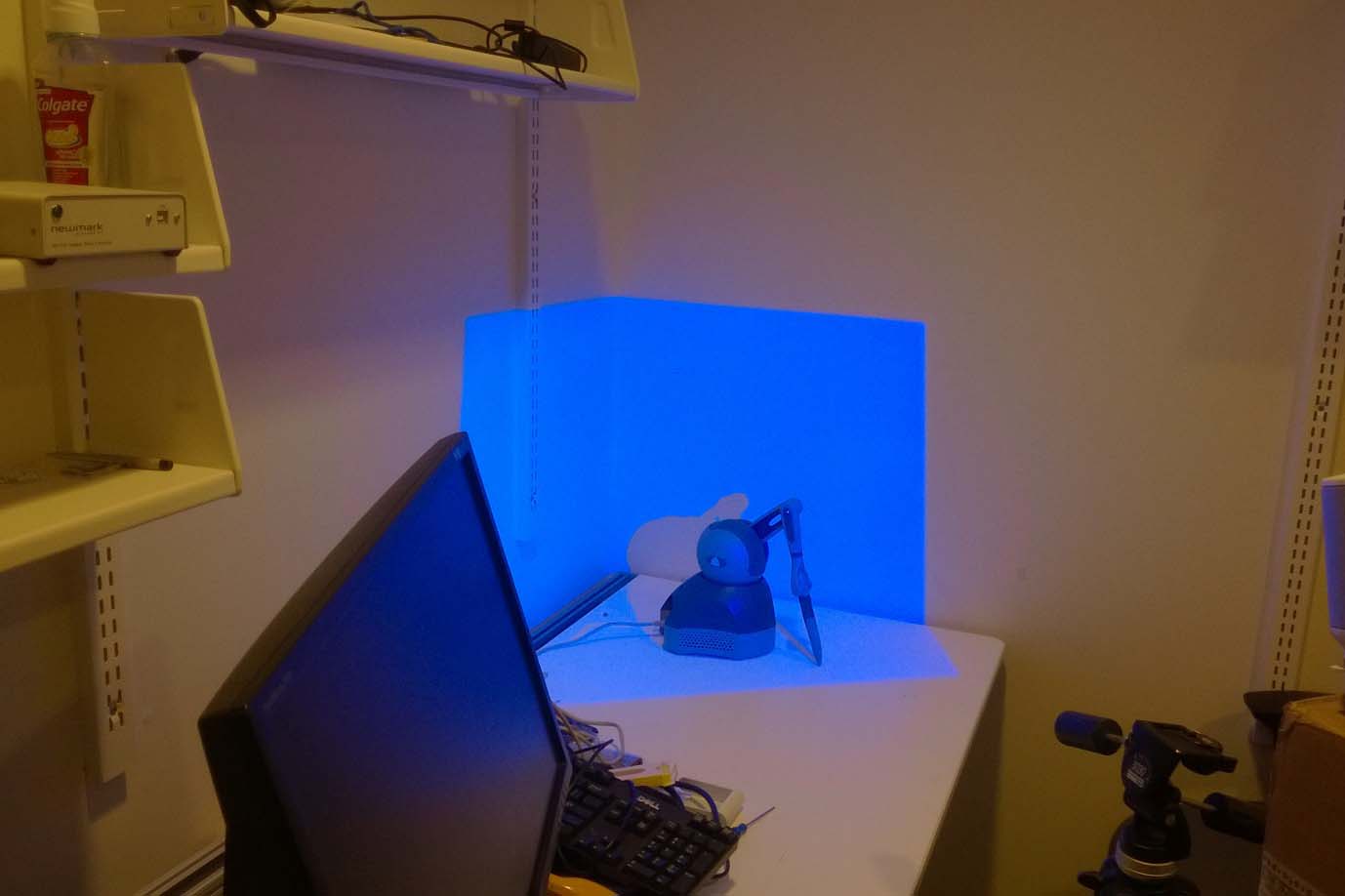
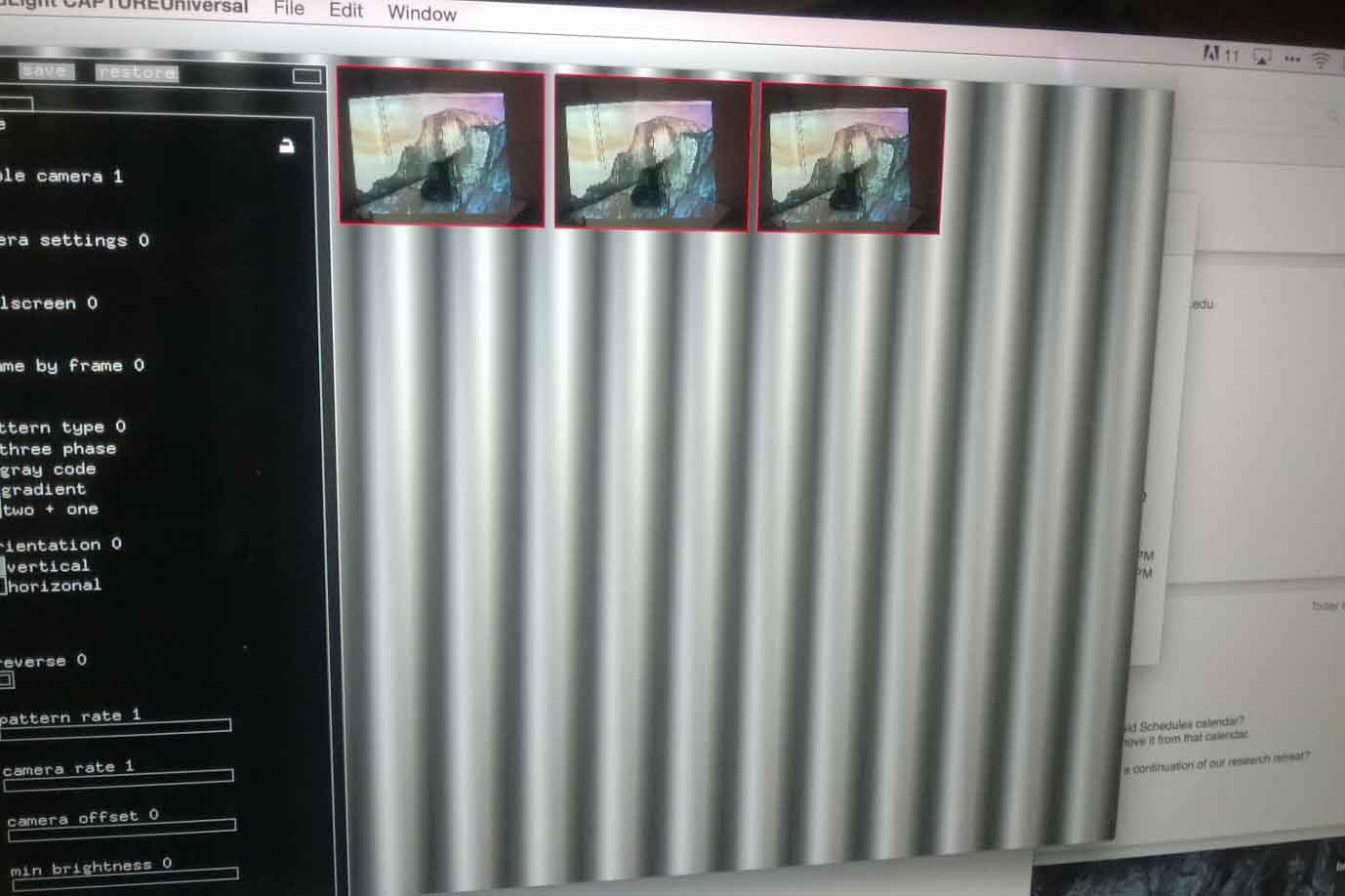
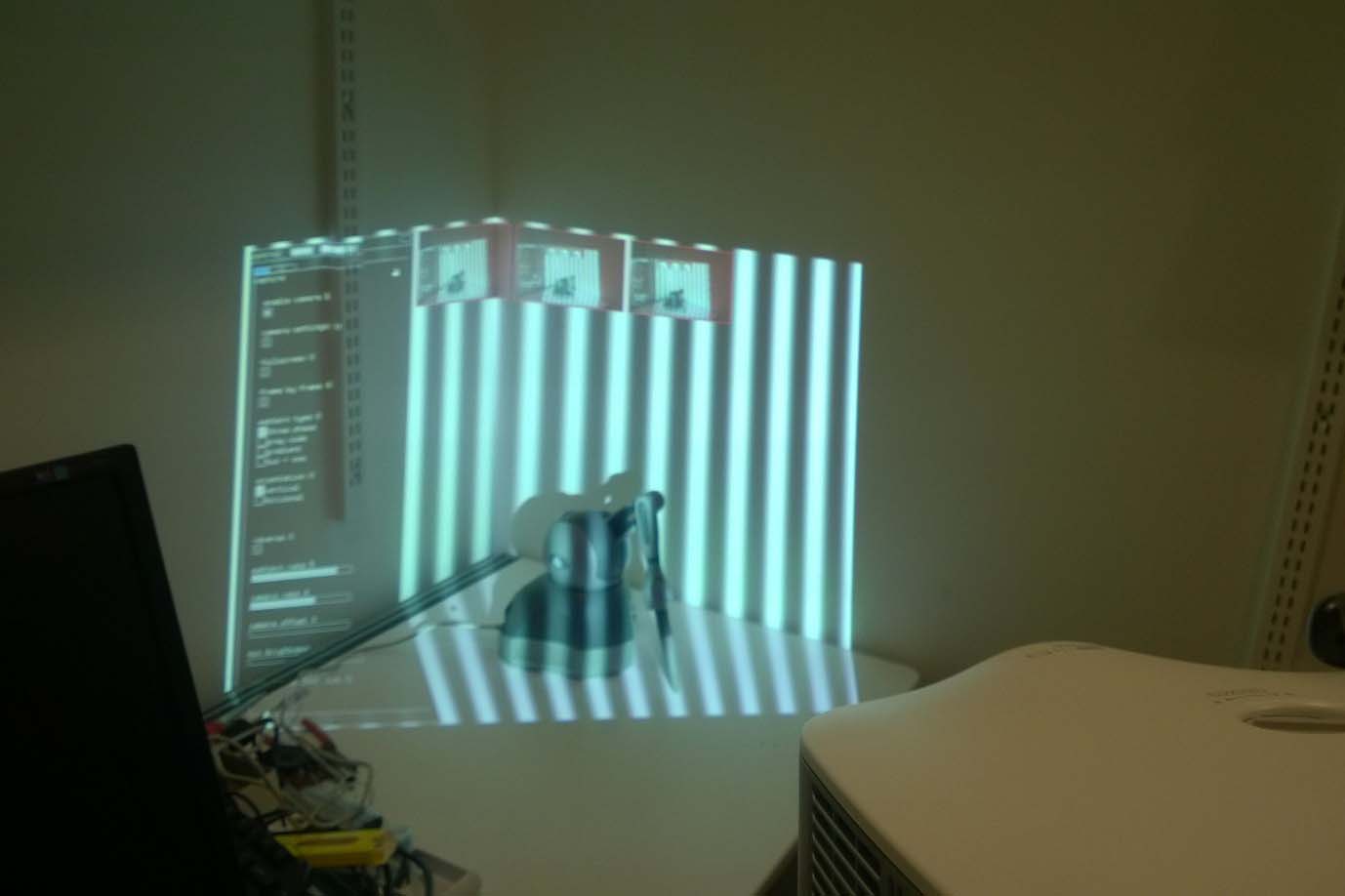
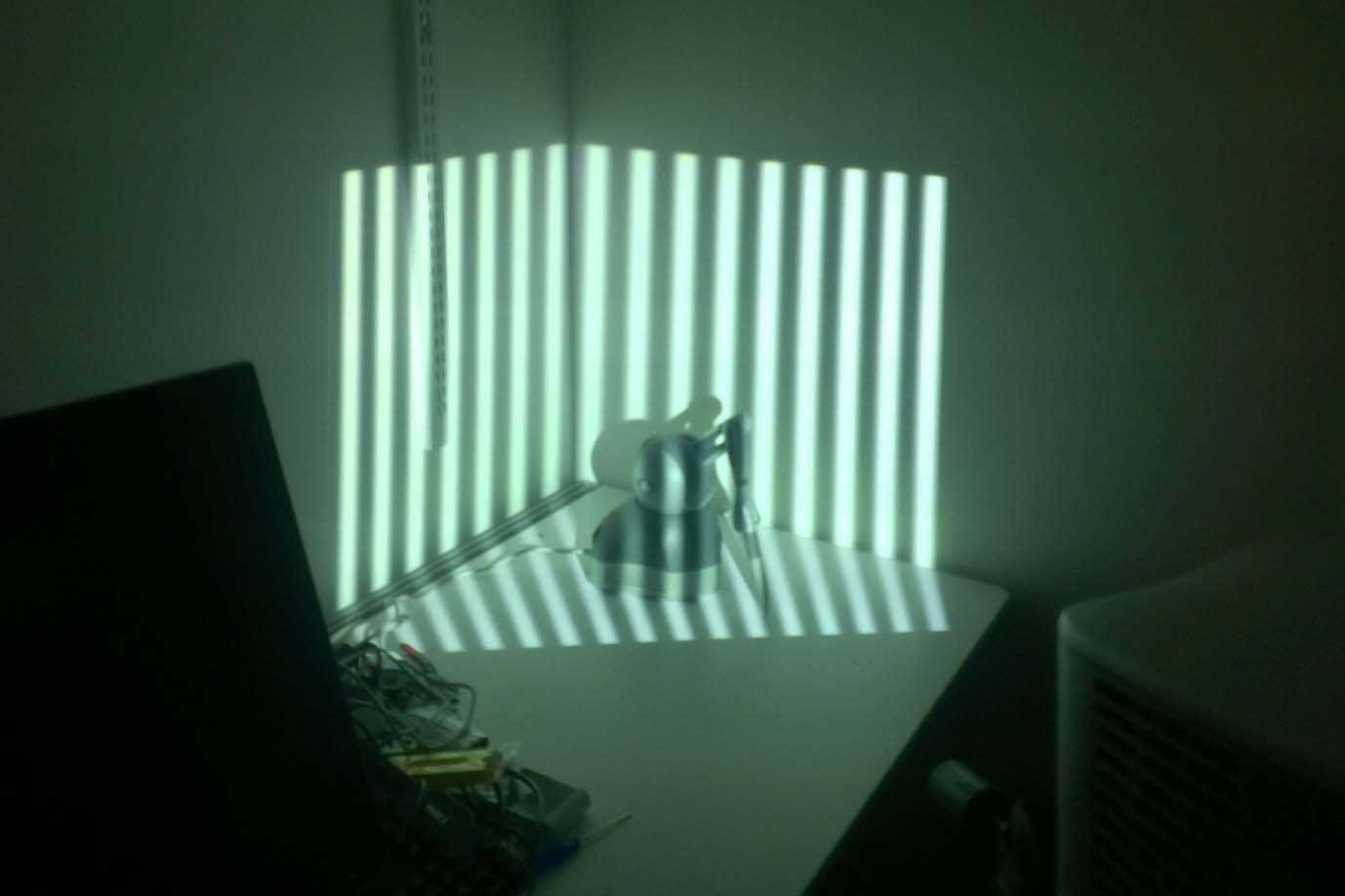
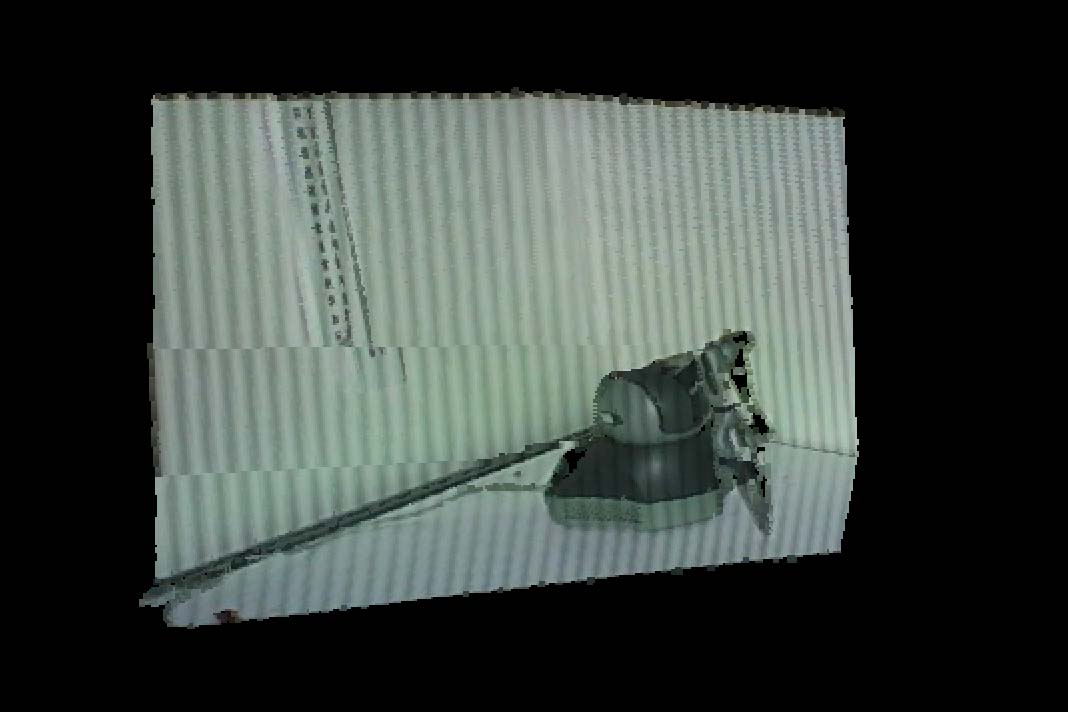
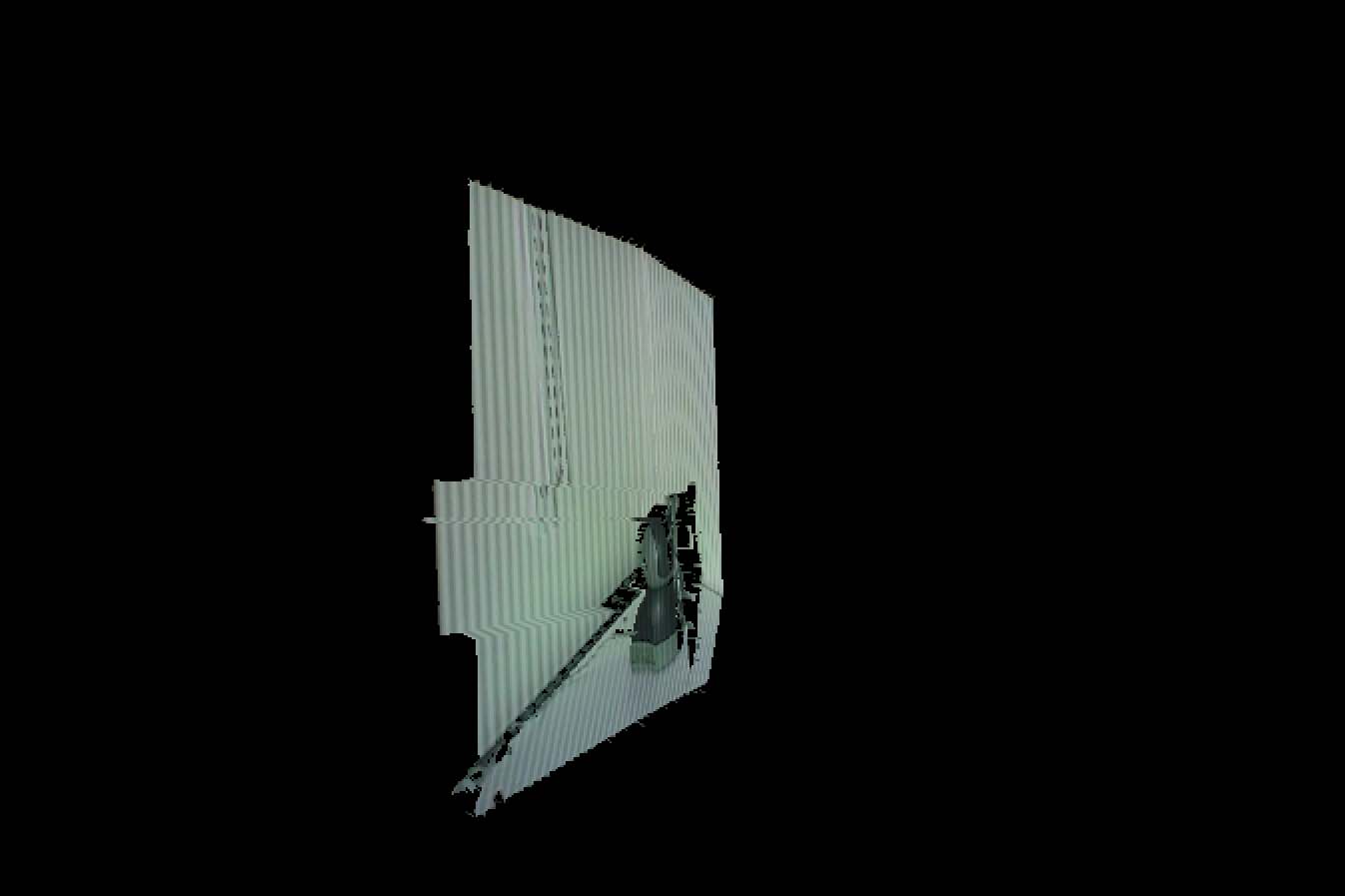
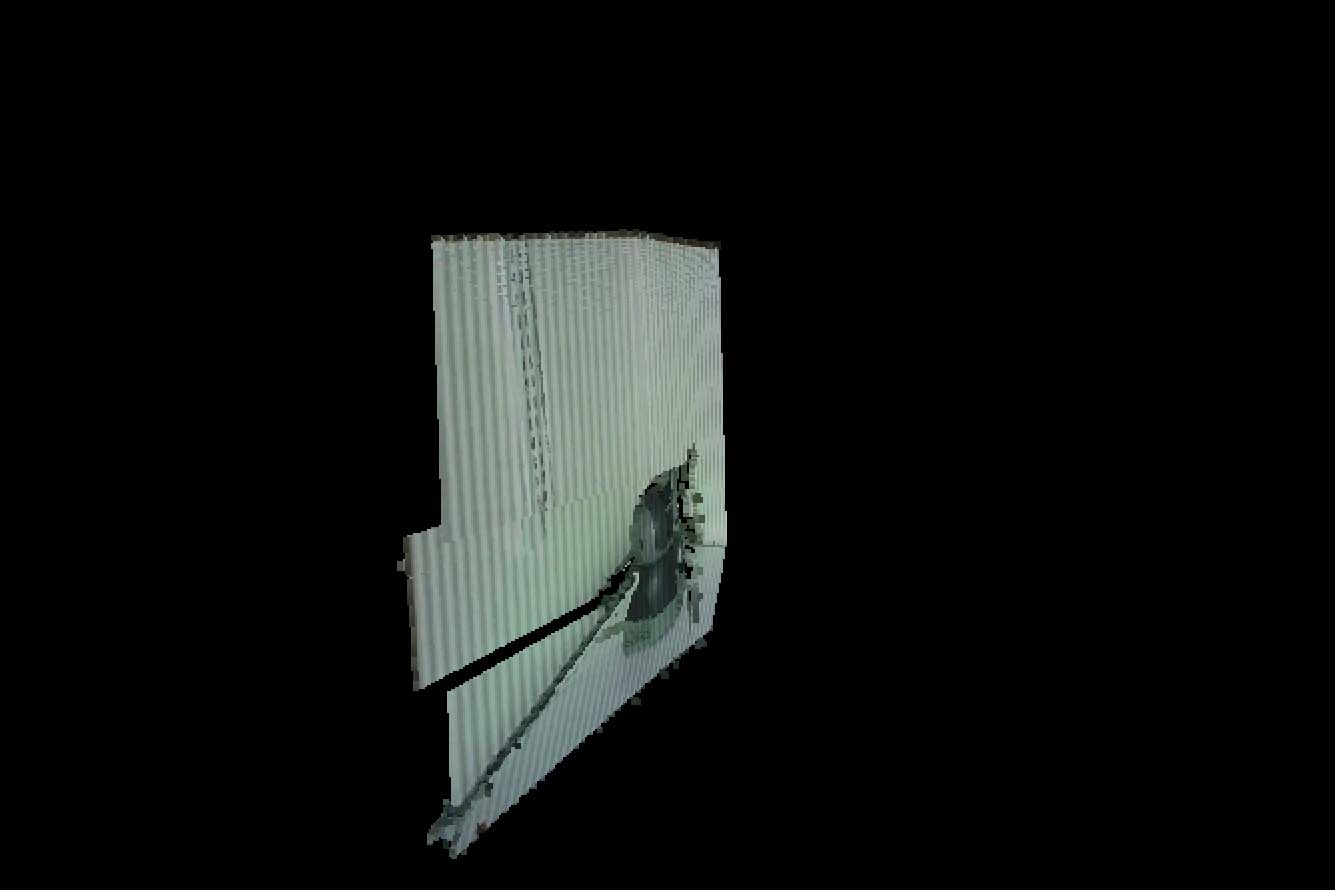
Sense
